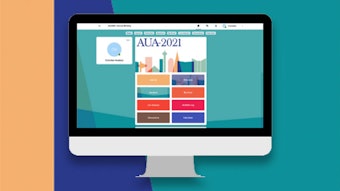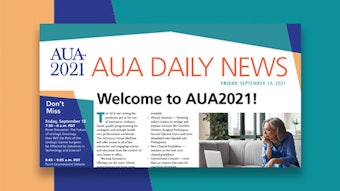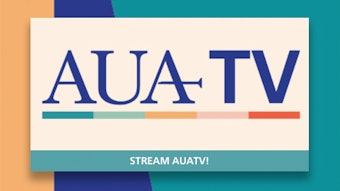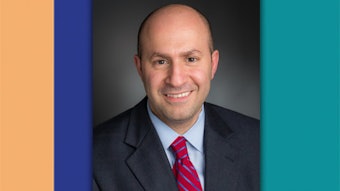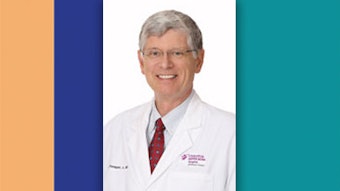Overactive bladder symptom relief is goal of pharmacotherapy
Explore the various pharmacotherapies for OAB while reviewing the principles of physiology and pharmacotherapy for currently available agents.
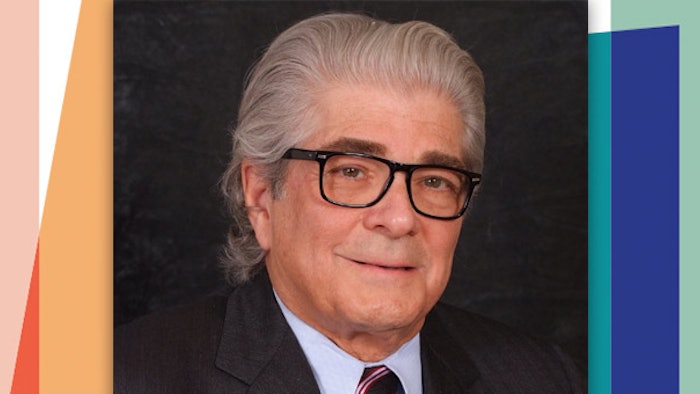
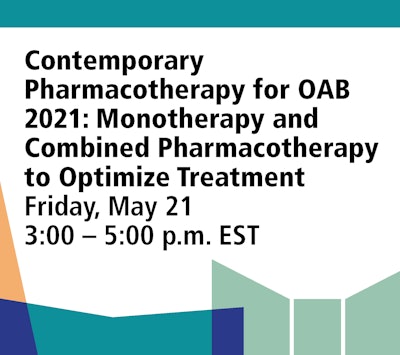
The focus of Friday’s session, “Contemporary Pharmacotherapy for OAB 2021: Monotherapy and Combined Pharmacotherapy to Optimize Treatment,” is the challenge of bringing symptom relief to this bothersome condition. Although there is not a cure for OAB, one of the session’s presenters, Alan J. Wein, MD, PhD (hon), FACS, said clinicians and patients can work together to improve quality of life. Dr. Wein is a professor and emeritus chief of urology at the Perelman School of Medicine at the University of Pennsylvania in Philadelphia, as well as director of its residency program in urology.
“It is important to set proper patient expectations regarding treatment of OAB and the potential need for sequential and even additive therapies,” Dr. Wein said. “The quickest way to get a dissatisfied patient is to promise something you cannot deliver.”
Much of the session will focus on defining the similarities and differences between the various oral pharmacotherapies for OAB while reviewing the principles of physiology and pharmacotherapy for currently available agents. According to Dr. Wein, the discussion will explore oral therapy only: antimuscarinics, beta-3 agonists, alpha-adrenergic antagonists, phosphodiesterase inhibitors and combinations. It also will include information on drugs in development and new therapy concepts. The discussion will include only peripheral details about third line treatments.
There are clinical (and theoretical) advantages and limitations for each class of OAB drug therapy. Antimuscarinics inhibit the sensation of bladder filling, whereas beta-3 agonists create a relaxing effect on the detrusor smooth muscle. However, literature suggests that antimuscarinics have been linked to cognitive impairment in elderly patients. Additionally, there are concerns regarding some beta-3 agonists related to hypertension and cardiac issues, Dr. Wein said.
“Guidelines suggest that there are no meaningful differences between antimuscarinics with respect to efficacy,” Dr. Wein said. “Both antimuscarinics and beta-3 agonists block urgency, which is defined as the abrupt need to urinate. Antimuscarinics in the usual doses do not affect voluntary urination. The same can be said about beta-3 agonists.”
According to Dr. Wein, each drug class has a different mechanism of action (MOA). Therefore, it is possible to combine two class types for treatment. In fact, he said, urologists often achieve better results combining two different types of treatments than by just increasing the dose of one.
There are some issues related to patient compliance, he said. The discontinuation rate is higher for antimuscarinics, as patients do not like the balance between efficacy and side effects. Thus, discussing patient expectations is critical.
“We focus on telling the patients that the goal is not a cure, but rather a significant improvement of symptoms,” he said. “We have to tell patients to be realistic, too. There are things they can do in combination with drug therapy to treat the bothersome symptoms of OAB.”
As such, Dr. Wein will discuss the importance of therapeutic algorithms in improving patient outcomes. These include such factors as an accurate OAB diagnosis, behavioral modification (fluid intake, prophylactic voiding, planned trips to the bathroom, keeping a voiding diary, etc.) and learning to how to suppress the sensation of urgency.
“Guidelines say to start behavioral modification therapies first and then add drug treatment if this is not successful. Personally, I start them both at the same time,” Dr. Wein said. “Studies show the combined approach is more effective than either one separately.”
Visit AUA2021 Daily News Online for more articles.

